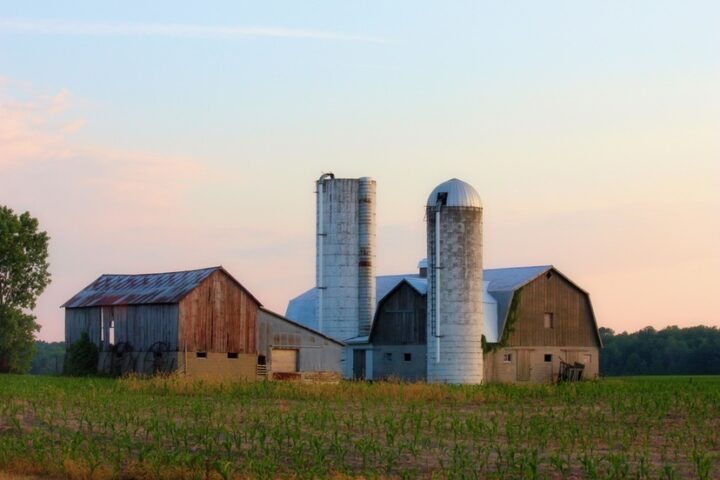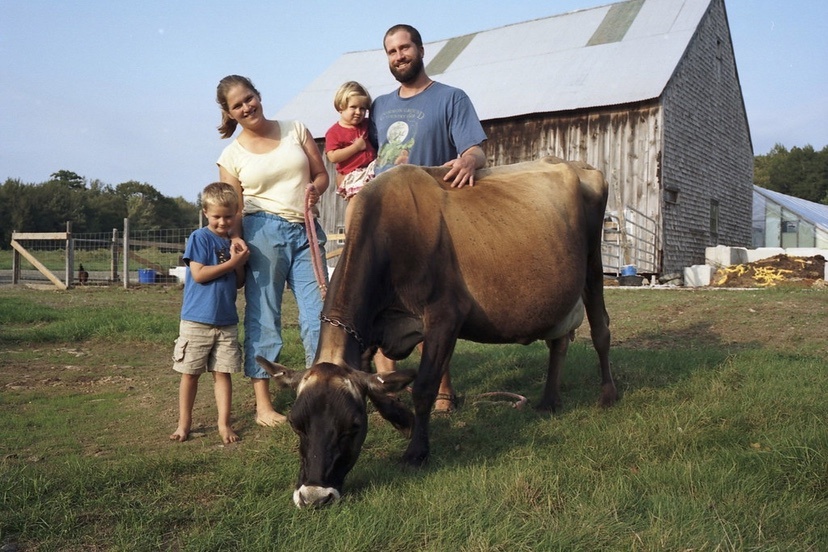This story by Allison Winter appeared on Colorado Newsline on February 17, 2025. We are sharing it in two parts.
When Elon Musk’s U.S. DOGE Service, known as the Department of Government Efficiency, dismantled USAID, it took down the agency’s website and its procurement and payment systems — shutting down the ability for anyone with a contract to be paid for past or future work.
For farmers, this comes at a time when they are already facing economic strain. Falling prices for corn, soybean and wheat over the last two years have led to declines in net farm income.
Jonathan Coppess, an agriculture economist at the University of Illinois, said farmers are facing compounding economic challenges: the underlying economic strain of volatile prices, high costs and inflationary pressures are being magnified by the uncharacteristic uncertainty about contracts, tariffs and trade.
“It’s a level of uncertainty that is very unique to the moment,” Coppess said in an interview. “Dealing with costs and crop prices is a common thing. Dealing with broken contracts, tariffs and possible retaliatory trade issues, those are not common things. There’s almost two layers to the challenge.”
Adding to that uncertainty: Congress is two years late to reauthorize the farm bill. And lawmakers on the House Budget Committee have called for billions of dollars in cuts to farm bill spending over the next 10 years.
Alisha Schwertner, a farmer and rancher in Miles, Texas, told the House Agriculture Committee at a hearing on Feb. 11 that weather disasters, inflation and supply chain disruptions have put a strain on her family operation.
Schwertner said the economic uncertainty has made it difficult for her to get credit for the farm and she fears what retaliatory tariffs could do to their bottom line.
“My husband and I have had some very challenging conversations with our banker, especially in the last three years, as we have had consecutively challenging years,” Schwertner told the committee.
When Trump levied tariffs on steel and aluminum in 2018, trading partners retaliated with their own tariffs on soybeans and other U.S. agriculture exports, leading to a decline in some exports and prices paid to U.S. farmers. USDA gave $28 billion in emergency aid to farmers the following year.
A target on conservation programs
Among the Trump administration’s targets are conservation programs funded by the Inflation Reduction Act, one of former President Joe Biden’s signature achievements. The Trump administration has characterized IRA as “green new deal social engineering policies.”
Among the many environmental programs IRA funded across the federal government was $19.5 billion for farmland conservation programs at USDA.
Trump signed an executive order to freeze all IRA programs on his first day in office. A federal judge ordered the administration on Feb. 10 to unfreeze the funds, but farmers and conservation consultants say they have not yet seen changes.
When asked which programs are frozen and if they would release money in response to the order, a spokesperson for the Agriculture Department said the agency would respond after Brooke Rollins had a chance to analyze reviews. The Senate confirmed Rollins as Agriculture secretary Feb. 13.
“The Trump Administration rightfully has asked for a comprehensive review of all contracts, work, and personnel across all federal agencies. Anything that violates the President’s Executive Orders will be subject for review,” the USDA spokesperson said.
In Rollins’ first full day at the agency, Feb. 14, she announced the termination of 78 contracts worth $138 million and said she is reviewing 1,000 more to look for opportunities to stop “wasteful spending” that does not align with administration priorities.
The canceled programs the agency announced were not direct payments to farmers, but included climate change adaptation research, forest carbon mentorship and subscriptions to news outlets.

Republicans have decried the partisan way Democrats pushed through the IRA bill. But much of its agriculture funding went to longstanding farm bill programs that previously gained bipartisan support.
It increased investments for the chronically oversubscribed Environmental Quality Incentives Program and Conservation Stewardship Program. In recent years, those programs were only able to fund about 30 percent of applications, according to an analysis of government data by the Environmental Working Group.
“The IRA funding for USDA conservation programs allowed a lot of farmers and ranchers to access conservation funding who weren’t able to before, but now halfway through, their payments are frozen, and it is unclear what will happen next,” said Aviva Glaser, senior director of agriculture policy for the National Wildlife Federation.
If the funds remain frozen, it could affect thousands of contracts nationwide. The Natural Resources Conservation Service, the branch of USDA that oversees most conservation programs, has 4,162 contracts obligated in 2025 for $358 million.
In many cases, farmers have already taken on the financial burden. USDA agrees to cost-share practices like planting trees or native plants, protecting a stream from cattle or installing solar panels or other energy-efficient systems.
The landowner pays for the improvements and then submits documentation for the government to pay out its cost-share. So for Holden, the Missouri cattle producer, and other producers awaiting payment, they are already shouldering tens of thousands of dollars of debt for the programs.
The IRA pause is also creating some confusion, since it funds many of the same practices and programs that are also funded by the farm bill. Farmers sign contracts to commit to certain practices but may not know what underlying legislation funded the program, so they don’t know if their contract might be on the hit list.
“There is a lot of confusion and uncertainty about USDA funding and farmers are feeling it. The longer this funding freeze is in place, the more uncertainty and panic will grow amongst producers,” Glaser said.

